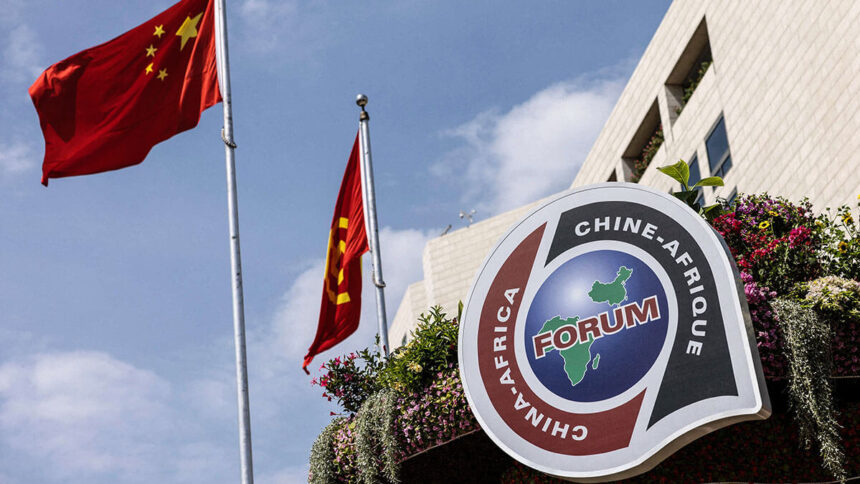China, a global powerhouse in terms of economic growth and influence, has attracted significant attention in recent years. With a GDP of over $14 trillion, it is the second-largest economy in the world. One of the key factors driving this economic success is China’s ability to generate significant revenue, evidenced by the recent achievement of $51 billion in quarterly sales. As such, other nations must examine China’s strategies and learn from its successes.
China’s economic growth has been fuelled by a combination of factors, including a shift towards a more market-oriented economy, significant investments in infrastructure and technology, and a focus on export-led growth. These strategies have enabled China to establish itself as a global manufacturing hub and a key player in international trade. In addition, China’s massive population of over 1.4 billion represents a vast consumer market, providing ample opportunities for domestic and foreign companies to tap into.
To replicate China’s success in generating $51 billion in sales, leaders in other countries need to adopt a proactive and innovative approach to economic development. This includes investing in key sectors such as technology, infrastructure, and renewable energy, as well as fostering a conducive environment for entrepreneurship and innovation. By leveraging these resources and opportunities, countries can diversify their economies, create jobs, and improve overall living standards for their citizens.
Furthermore, it is crucial for governments to prioritize sustainable and inclusive growth, ensuring that economic benefits are shared equitably among all segments of society. This involves implementing policies that promote social welfare, education, and healthcare, as well as protecting the environment and addressing climate change. By taking a holistic approach to economic development, leaders can build stronger and more resilient economies that benefit everyone.
- Advertisement -
It is curious how Beijing has entered the modern Marshall Plan that other development partners have failed to change. Truth be told, Africa has received more than $51 billion in foreign financing in recent years, but this has not improved the situation, and sometimes it will even make it worse.
Africa receives this amount or more in development assistance from foreign sources in just one year! It is estimated that the difference between loans and aid given to Africa in the last decade from 2014 to 2024 will be no less than $1 trillion on average.
In conclusion, China’s ability to generate $51 billion in sales is a testament to its strong economic fundamentals and innovative strategies. By studying China’s success and learning from its experiences, leaders in other countries can emulate its achievements and drive sustainable economic growth. By investing in key sectors, fostering entrepreneurship, and prioritizing social welfare, countries can create a thriving economy that benefits everyone. Leaders must embrace change and take bold actions to secure a prosperous future for their nations.










